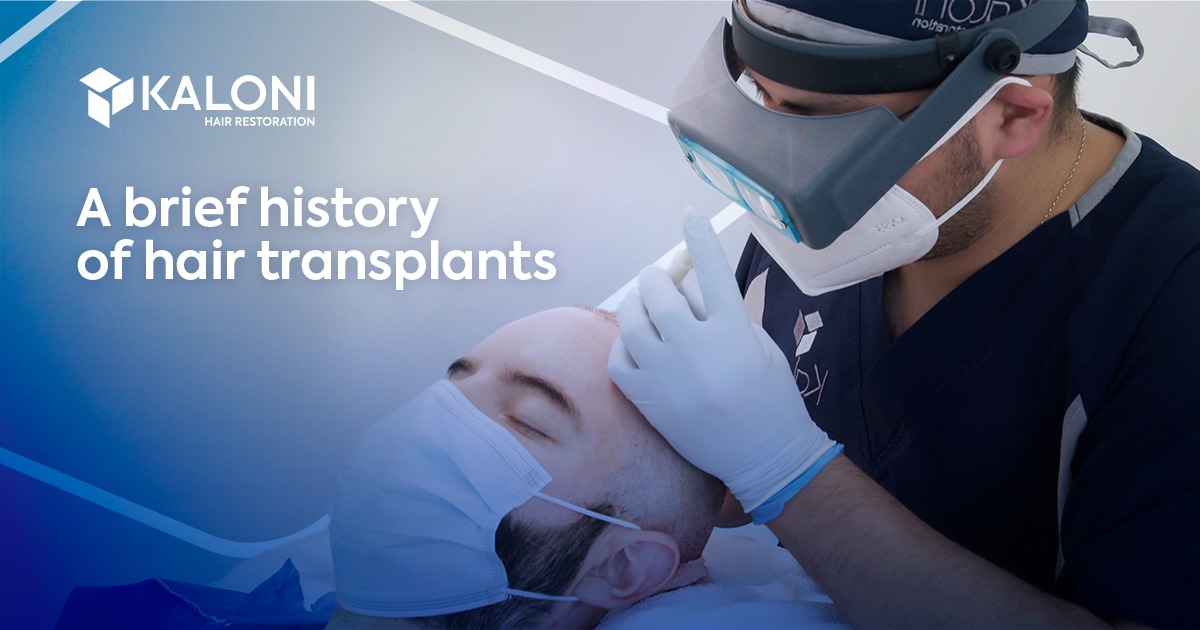A brief history of hair transplants
Table of Contents
Although it may be very normal and ordinary for us these days to use advanced yet minimally invasive technology, arriving at this level of advancement required the work of pioneers who broke the ground with their research, and this includes hair transplants.
The first thesis that provided a hair transplant method was written in 1822 by Johann Friedrich Dieffenbach and his teacher, Dom Unger, in Wurzburg, Germany. Dieffenbach and Unger were the first to experiment both on animals and humans, more specifically, in Dieffenbach’s case, on himself.
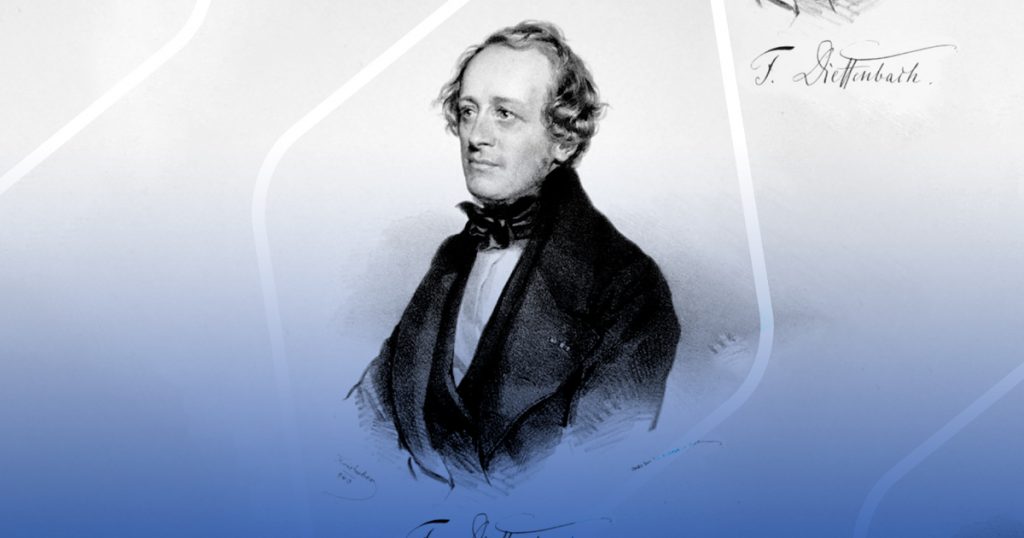
The experiment consisted of making small pinpricks on Dieffenbach’s arm; they got 6 follicles, and 2 fell out, 2 were expelled by his body, and 2 were inserted successfully and grew. The surgeon went on perfecting his technique by transplanting eyelashes, but no other colleagues managed to learn and perform the technique correctly.
An important discovery
Although other doctors conducted different tests for many years, Shoji Okuda was the first doctor to perform the first modern hair transplant in 1939. He used cylindrical punches 1-4mm wide that he developed himself, although he preferred higher-caliber kinds and believed that the ideal width was 2-4 mm because “they picked up many hairs intact.”
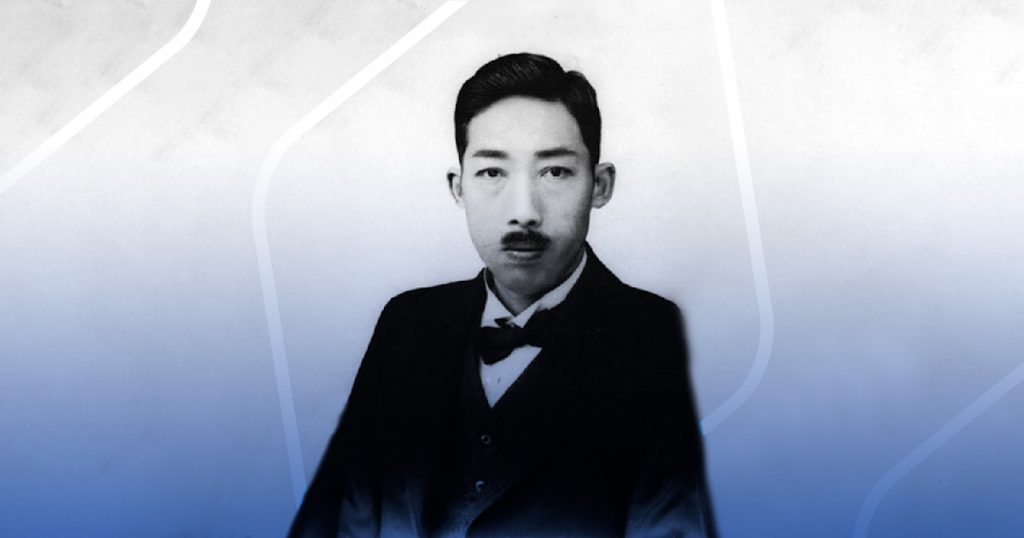
His study included over 30 cases of eyebrow loss due to alopecia areata and leprosy, cicatricial alopecia, and feminine pubic atrichosis or hypotrichosis, all of which he observed for a long period of time. This study was published in 1939 in the Japanese Journal of Dermatology and Urology right before the Second World War, so it was naturally forgotten for many years.
It wasn’t until 1959 that dermatologist Norman Orentreich was able to share the successful results of a transplant with 4-mm punches. As a result, he was hailed as the creator of the modern hair transplant, but in 1970 he honored the work of the actual pioneer, sharing the credit with doctor Okuda and naming the technique “Okuda-Orentreich.”
Getting your hair back: more possible than ever
Orentreich’s work shed light on other aspects with a very important concept: donor dominance. This means that transplanted hair (extracted from an area unaffected by alopecia) will retain its original characteristics, so, if it is transplanted onto an area with alopecia and feasible tissue and characteristics, it will grow. Meanwhile, if we were to transplant a follicle from an area with alopecia to an area with hair, it would not grow there.
Although these early stages in hair transplant development were great for people to start getting their hair back, the results were not ideal, resulting in the coinage of the term “doll hair,” which referred to the look of the new hair growth.
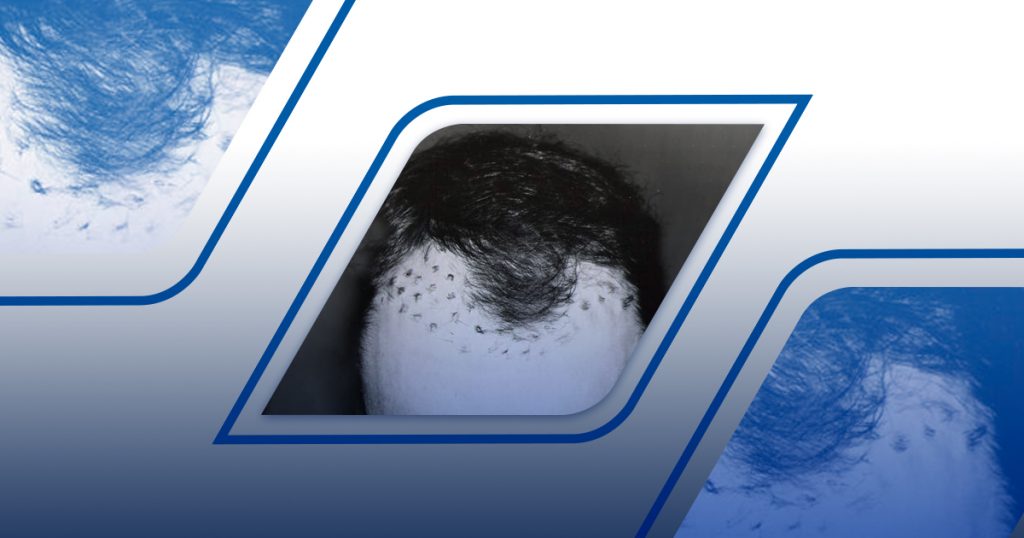
Many doctors around the world used this technique and sought to perfect it to prevent these unnatural-looking results. They did this by trying with smaller punches: mini-grafts worked with 12 follicles, and micro-grafts worked with 4 follicles, which resulted in a more natural look. These methods were employed by cutting out a strip of hair, stitching, extracting the follicles, and transplanting them onto the recipient site.
This is how the FUSS technique (Follicular Unit Strip Surgery) came about, the work of Limmer, Rassman, and Bernstein, among others, in the 1980s.
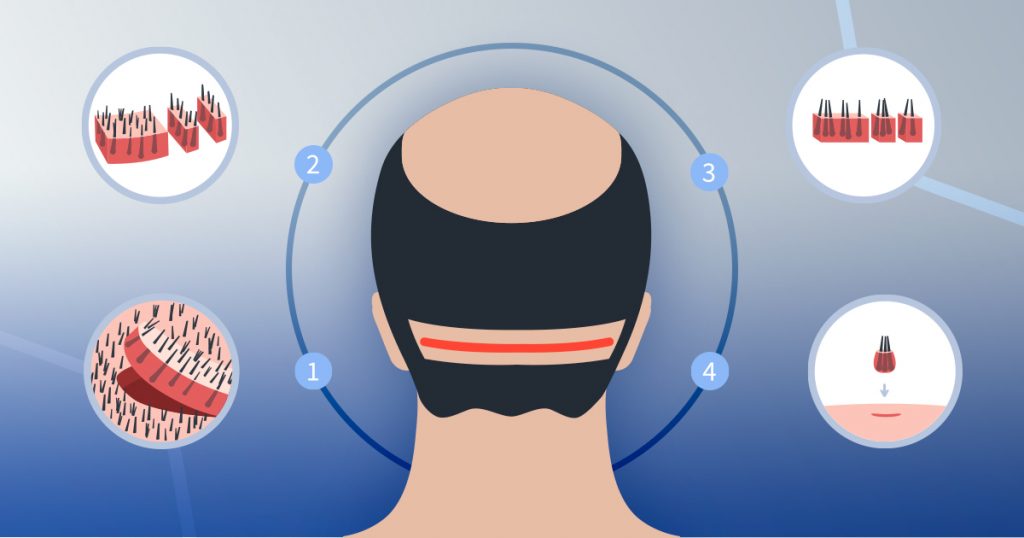
Because it uses follicular units, this technique yields more natural-looking results: it makes the most of each unit and allows for a more even distribution of the hair. Since the procedure requires removing a thin strip of skin with hair from the back of the head, there is also the need for stitching, which lengthens the recovery process and delays the return to normal activities.
Betting on a less invasive technique
Much later, in 1989, Dr. Ray Woods realized that the depth of follicle insertion tended to vary, so some units would be affected. For this reason, he studied and perfected a technique that ensured the correct depth and angle for each follicular unit, allowing for optimal hair growth.
And this is how the FUE technique (Follicular Unit Extraction) was born, providing patients with more natural-looking results with a minimally-invasive method, shorter recovery time, barely visible scarring, and the perfect angle and depth for the transplant to be a success.
Of course, this method required specialized technology, such as magnifying glasses and smaller punches, etc.
The FUE technique is a great opportunity to foster innovation; thanks to its characteristics, it is now possible to transplant long hair.
The LHT technique (Long Hair Transplant) has many great benefits, one of which being that it is not necessary anymore to shave the head in order to perform the transplant.
At Kaloni, we keep the hair at 5 cm at most, and then, with the help of specialized tools as well as our professional expertise, we extract the follicles, classify them, nourish them, and transplant them using a technique similar to the traditional FUE method. This procedure is not available at all of our branches yet, but we are working on offering it at more clinics soon.
ARTAS: Robotic Hair Restoration
Thanks to more technological advancements, there is now the possibility of performing hair transplants with the help of a robot. This does not mean that the presence of a hair transplant professional is not required; it is simply a very efficient aid for follicular extraction.
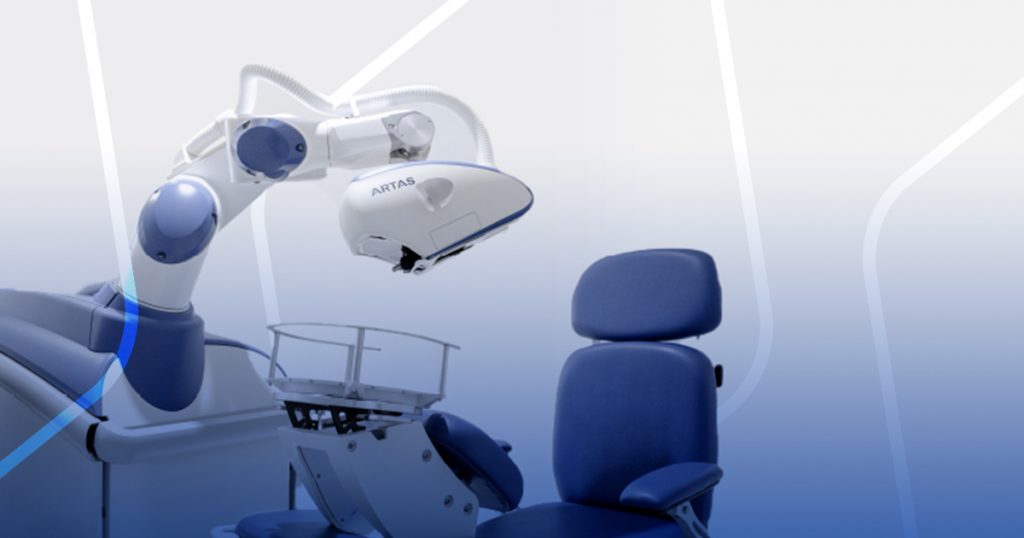
After this extremely detailed procedure with ARTAS, the hair transplant expert will transplant the follicles in the recipient zone, obtaining natural-looking results. It is a minimally invasive procedure, recovery time is short, and the extraction is very precise, so the follicles are not damaged.
Thanks to the science, benefits, and expertise behind them, the FUE and LHT techniques are the most popular at the moment, and here at Kaloni, our job is to study and perfect these techniques in order to offer our patients the best results possible.

Before undergoing a hair transplant, it is necessary for our experts to evaluate your case, so they can determine whether you are a viable candidate for the procedure. The experts will take into account various factors, including your age, the degree of alopecia, your hair and scalp’s characteristics, and even long-term expectations.
This is why we are now dedicated to improving men’s quality of life. Come to Kaloni for an evaluation and let us find the right treatment for you.


